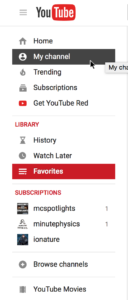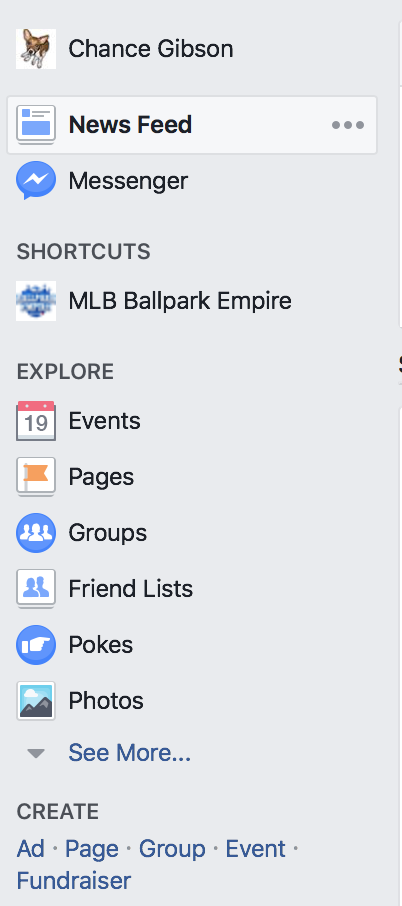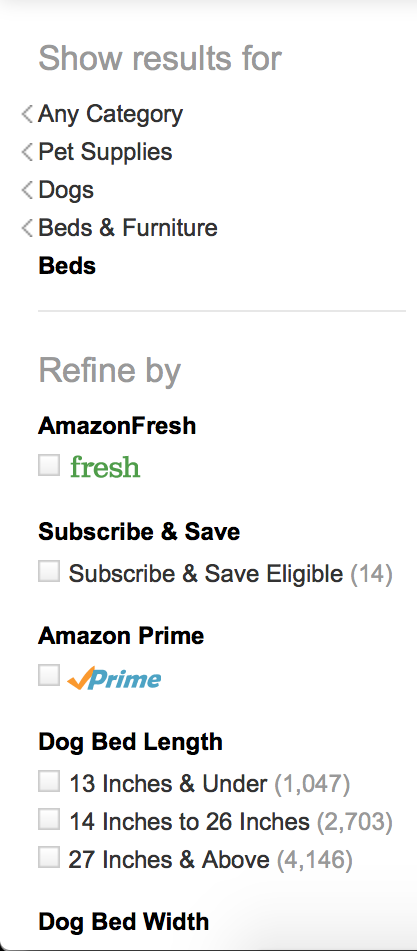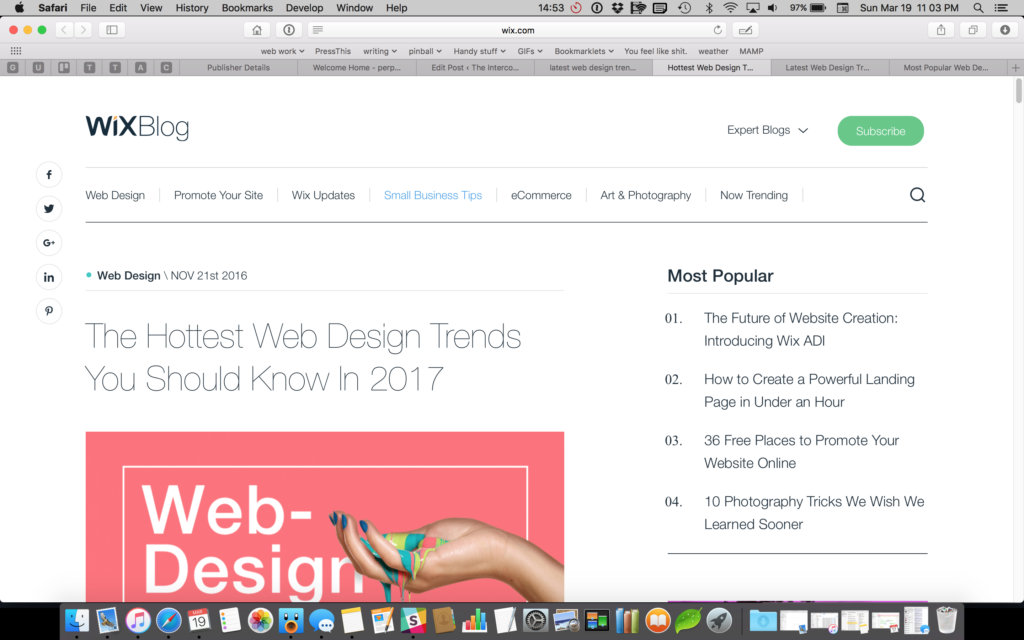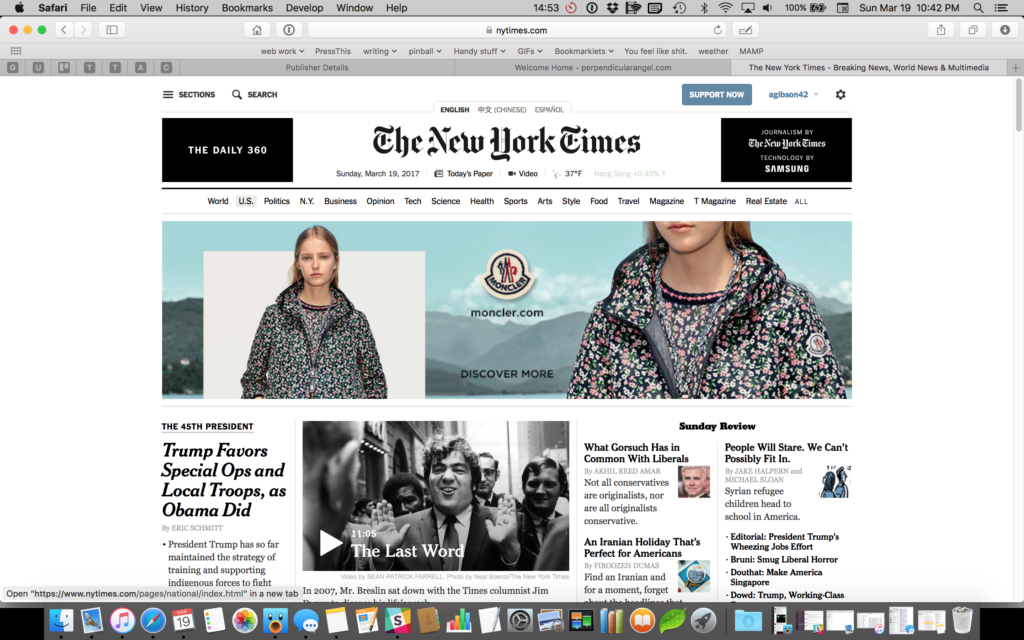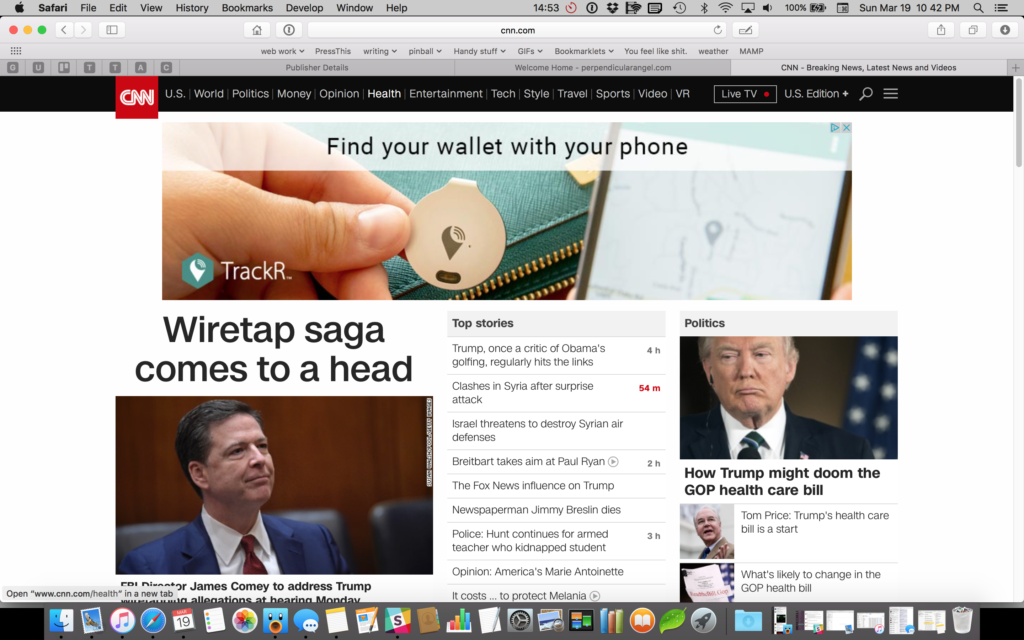(I thought about saying something during Five Minute Madness, but so many of these thoughts were still swimming in my head that it would have come out even more disjointed than this piece is. So I did the thing I do — I sat down and wrote it instead, with some assistance from Lin-Manuel Miranda.)
It surprised a lot of people when I said this was my first IA Summit. I’ve been on the industry radar for a decade plus, but the stars just never aligned for me to come.
I was coming to the Summit while working on designing my startup’s first product, and the last month of 60-70 hour weeks had really sucked me dry.
Add in a series of unfortunate interactions in the week, a tiring drive through Seattle everyday gridlock and Vancouver rush hour jams, and my winter blues getting amplified by the drive and the interactions and the overwork.
I wasn’t really in the mood to talk to anyone.
So when you’re mentally fried, incredibly introverted, and are just barely containing yourself from throwing everything in the car and heading back south… and the ever-wonderful Abby Covert drags you out to dinner with wonderful people and tacos… it’s not pretty. You look like an immense jerk as Dan Klyn tries desperately to draw you out. And you spend the rest of the conference trying not to be that person because you feel so guilty for being that guy.
But. Enough of that.
Legacy.
IA Summit this year had a lot of very obvious, public themes revolving around “Designing for Humans.” But I kept picking at this thread the whole time I was there, one of legacy.
I’ve been working on and around the web since last century. At this point, I’m finally old enough and experienced enough that people come to me for advice, even as I’m feeling my own impostor syndrome rise when they ask. As much as I am a minor celebrity in this field, I’m still just someone who will one day be Found Out, a plumber who wandered into a fluid dynamics conference.
But this was the first time that, together, I saw what it meant to me, to those who asked for advice and coaching around portfolios, and to this field as a whole.
I saw two things, contrasting, for the first time: The words and thoughts of those who came before me (like Alan Cooper and the many evocations of Richard Saul Wurman), and the rising generation of highly trained designers and information architects behind me looking for knowledge and guidance through the mentoring and portfolio reviews. (A personal thank you to Kyle Soucy for inviting me to be a portfolio reviewer, though I’m sure it was probably an accident.)
And here I was. For the first time, I was between the two generations. I could see the two shores. The eastern shore, where the sun rises on the backs of the rising generation of UX folk, highly trained and highly eager, who will lead us into the coming decades of digital wonder and fear. And, over there, the western shore, where the giants upon whose shoulders my generation stood to help design and build the internet we know today, are going… and have already gone… into the red sunset.
I am sailing west. The western shore is no longer an idea but a distant landmark edging closer. But the eastern shore is still there, even as it shrinks and fades.
Let me tell you what I wish I’d known
When I was young and dreamed of glory:
You have no control
Who lives, who dies, who tells your story
When I was younger, I had all the time, and no time, for heroes. The Zeldmans and the Meyers and the Wodtkes and many, many others were who I wanted to be. But I also didn’t like us lionizing history. We were in a new world, with new technologies, where memes launch overnight and the technology and technique barely survive the day the same. I wanted to be like my heroes, speak with authority, have people listen, hear my story.
As I got older, I came to know my “heroes.” And I learned the honest truth — they were just as scared and fragile as I was. In fact, it started to bother me when I saw a “rock star of UX” who wasn’t authentic. I would not be them. No. Not me.
And now, here, mid-ocean between the shores… I’m still torn. Torn between the need to speak and the need to listen. I don’t think I ever have learned to do either of those correctly. But I try to do better.
Legacy. What is a legacy?
It’s planting seeds in a garden you never get to see
The seeds we try to plant in this backlit young generation are the ones we wish we’d known to plant when we were their age: Sustainability. Ethics. Empathy. Diversity.
But we planted the seeds we had, what we knew. Or we let the vines and lianas untended as we pursued money, security, the perfect taxonomy. And now we look at a world wracked by problems of privacy, of security, of “fake news.”
And so we warn them. But do they hear us? Should they even listen? Are we merely the parents chastising their children for smoking while waving a lit cigarette in their hand?
But, perhaps, they will be the ones who save us. After all, we need them to be our saviors, and we trained them up to do so.
These are the seeds we plant. We will never see them at maturity. We will not see the seeds they plant sprout after we are gone.
Now is the time for us, the ones here in the middle of the ocean, to sow. To mentor, to teach, to begin to instill those values we wish we had with us when we were their age. A world adrift in “fake news” and microtargeting needs fixing. The next generation will have many battles to come to fix the messes we leave behind, just as we worked to right the wrongs of those who came before us.
Death doesn’t discriminate
Between the sinners
And the saints
It takes and it takes and it takes
And we keep living anyway
We rise and we fall
And we break
And we make our mistakes
To the generation before us: Thank you. Thank you for being willing to trust us in perfecting what you started. Know that we demand much of you because we demand much of ourselves. We cleaned up some of your messes, but we created our own. But know we appreciate those of you who guided us along the way, in thought, in word, and in your kindnesses. We are coming behind you, and we will see you soon on the western shore.
To the new generation: Be patient with us, but demand much of us. Demand our time, demand our attention, demand our eyes and ears, demand us to speak truth and cut the bullshit. We can help you become what you will become. But know as you board your ships to lead a new generation across the sea, what you become is in your hands alone.
As Washington sings to Hamilton, history has its eyes on you.
See you on the other side.





